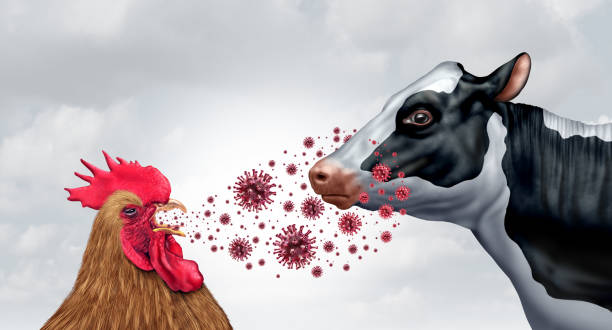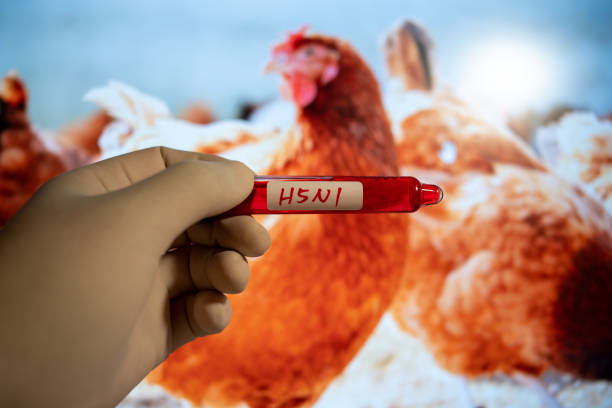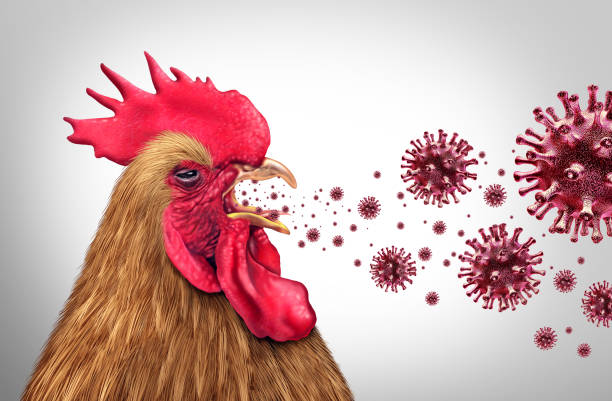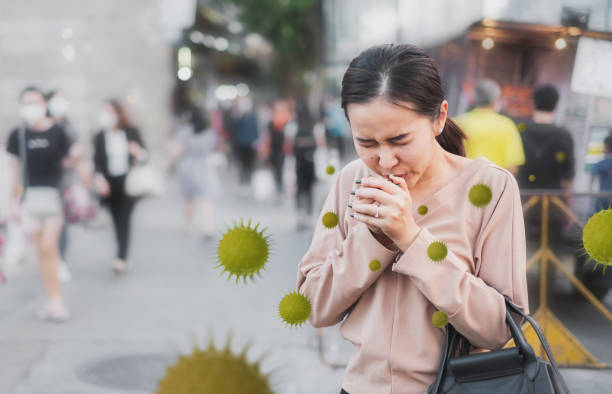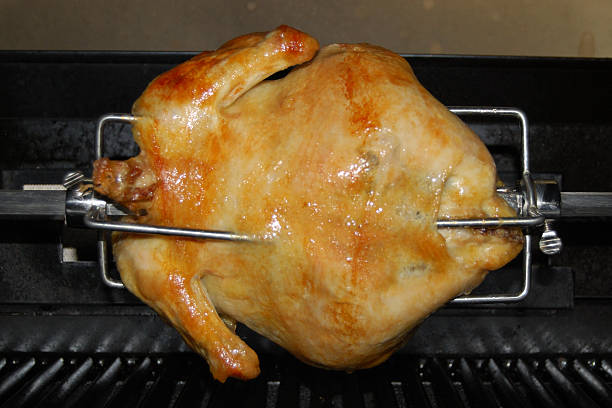Avian influenza, commonly known as bird flu, has always been a serious threat to poultry. But what happens when it jumps to other animals—or even humans? Over the past few years, we’ve seen the H5N1 virus infect a growing number of mammal species, raising concerns about its potential to evolve into a pandemic threat. Understanding avian flu symptoms in animals is crucial to spotting outbreaks early and preventing further spread.
Recognizing Avian Flu Symptoms in Mammals
While bird flu primarily affects birds, mammals infected with H5N1 often show similar symptoms of severe illness. The key signs of infection include:
- Respiratory distress: Coughing, nasal discharge, and labored breathing.
- Neurological symptoms: Seizures, tremors, uncoordinated movements, and even sudden blindness.
- Lethargy and weakness: Affected animals may become unusually still or exhibit a lack of energy.
- Gastrointestinal issues: Some mammals experience diarrhea or vomiting.
- Unusual behavior: Wild animals may appear disoriented, aggressive, or display a lack of fear toward humans.
These symptoms of avian flu in animals have been documented in foxes, raccoons, sea lions, and even domestic pets (Halfmann et al., 2023). With the virus crossing into so many species, the concern isn’t just about wildlife—it’s about the potential risk to humans.
The Growing List of Infected Species
Historically, avian flu remained confined to birds. However, the current H5N1 outbreak has expanded its reach. According to recent surveillance reports, the virus has been detected in over 48 mammal species across 26 countries (Wu et al., 2024). Some of the most concerning cases include:
- Farmed mink in Spain – One of the first large-scale outbreaks among carnivorous mammals, raising concerns about mammal-to-mammal transmission (Richard et al., 2023).
- Sea lions in South America – Thousands of deaths have been recorded, suggesting widespread oceanic transmission (Jiménez-Bluhm et al., 2024).
- Dairy cattle in the U.S. – The virus was recently detected in commercial livestock, a troubling sign of its continued adaptation (CDC, 2025).
This rapid cross-species transmission is alarming because every new host provides an opportunity for the virus to mutate, potentially increasing its ability to spread among humans.
Why This Is Dangerous for Humans
The growing number of infected animals is more than just an ecological concern—it’s a direct threat to human health. Here’s why:
- Increased human exposure – The more species that carry H5N1, the more likely it is that humans working with or around these animals will be exposed.
- Mutation risks – Every new species the virus infects gives it a chance to mutate, increasing the possibility of human-to-human transmission.
- High mortality rate – H5N1 has a human fatality rate of over 50% in confirmed cases, making even limited outbreaks a significant threat (WHO, 2024).
Preventing Further Spread
With the virus reaching more species, it’s critical to implement strict biosecurity measures:
- Enhanced surveillance – Regular testing of domestic and wild animals for avian flu symptoms.
- Farm protections – Limiting contact between poultry and wild birds to reduce transmission.
- Public awareness – Educating pet owners, farmers, and wildlife conservationists about the risks and early symptoms of avian flu.
The continued expansion of avian flu into new species is a wake-up call. The more we understand and monitor these outbreaks, the better prepared we are to prevent a worst-case scenario. Now is the time to stay vigilant, act fast, and ensure that this virus doesn’t gain a stronger foothold in human populations.
References
- Centers for Disease Control and Prevention. (2025). Avian influenza: Current status and surveillance data. Retrieved from https://www.cdc.gov/flu/avianflu
- Halfmann, P. J., Hatta, M., & Kawaoka, Y. (2023). Transmission of H5N1 highly pathogenic avian influenza virus in mammals. Nature Communications, 14(1), 1245. https://doi.org/10.1038/s41467-023-01245
- Jiménez-Bluhm, P., González-Reiche, A. S., & Van Bakel, H. (2024). Avian influenza in South American marine mammals: A new frontier. Emerging Infectious Diseases, 30(2), 340-345. https://doi.org/10.3201/eid3002.231245
- Richard, M., Kok, A., & de Graaf, M. (2023). Mink-to-mink transmission of H5N1 avian influenza virus in Spain. Eurosurveillance, 28(5), 215-220. https://doi.org/10.2807/1560-7917.ES.2023.28.5.215220
- World Health Organization. (2024). H5N1 avian influenza: Risk assessment and global response strategies. Retrieved from https://www.who.int/emergencies/disease-outbreak-news/item/h5n1-risk-assessment
- Wu, H., Jin, T., & Sun, H. (2024). Cross-species transmission of H5N1 avian influenza virus: Current findings and future concerns. The Lancet Infectious Diseases, 24(3), 345-360. https://doi.org/10.1016/S1473-3099(24)00345-1
